
The Sun as a Guide to Stellar Physics: The Sun’s atmosphere
Publicly available chapter of the book written by Alexander I. Shapiro, Hardi Peter and Sami K. Solanki

Publicly available chapter of the book written by Alexander I. Shapiro, Hardi Peter and Sami K. Solanki
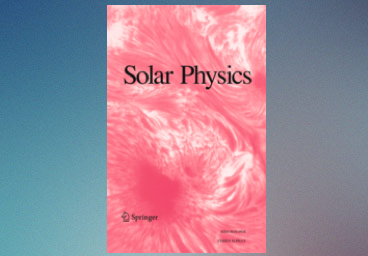
Call for papers aimed at observing and modelling irradiance variations of the Sun & Sun-like stars; at understanding the links between magnetic fields and the resulting variability.

The proposal on "Linking Solar and Stellar Variabilities" had been selected. The first meeting will be held in February 2019.
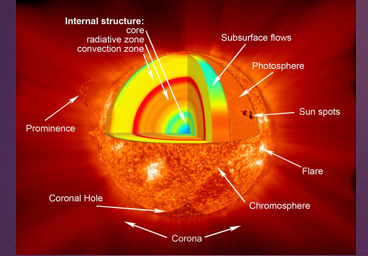
Contributions were made to the Chapter the "Sun’s atmosphere" in the new wide-ranging book on solar & stellar physics

April 2018: Cool Stars 20 Splinter Session: Stellar Brightness Variations: building on the solar knowledge is approved

September 2017: The SOLVe group starts to grow! Nina-Elisabeth Némec and Miha Černetič joint the group
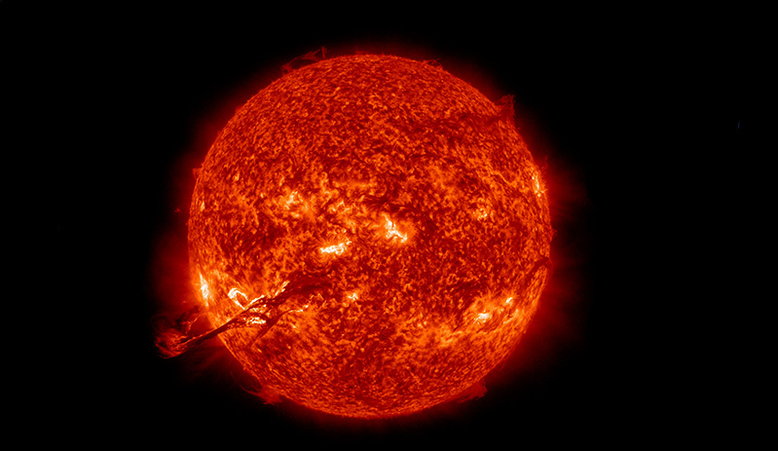
Max-Planck Scientists explain why the Sun's brightness vary. (Picture is © NASA/SDO)

May 2017: IAU Focus Meeting FM9: "Solar Irradiance: Physics-Based Advances" is approved by the IAU

May 2017: JSWSC Topical Issue "Brightness Variations of the Sun and Sun-like Stars and Resulting Influences on their Environments"
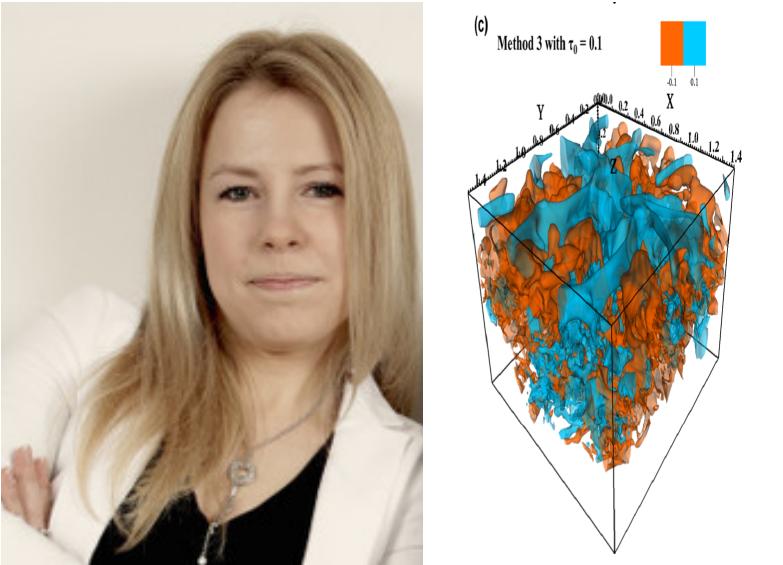
April 2017: Veronika Witzke joined the group.
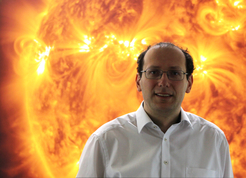
March 2017: ERC Starting Grant for Alexander Shapiro
Our Sun is a special star - not only for the reason that it is vital for us and life on Earth, but even in comparison to other stars, which are of similar size, luminosity, and magnetic properties. The Sun’s radiative emission varies on many different time-scales, ranging from a fraction of a second to centuries. Variations on time-scale longer than a day are linked to magnetic fields, where the solar magnetic cycle is of nearly 11-years. Investigations of the past years show that the Sun’s brightness variations following an eleven year cycle are markedly weaker than those of most comparable stars. This research group, "Connecting Solar and stellar Variables", searches of the reason of this difference by looking at a link between the Sun and stars. Why do these bodies behave so similarly and yet so differently? And can findings from solar research be transferred to distant stars?
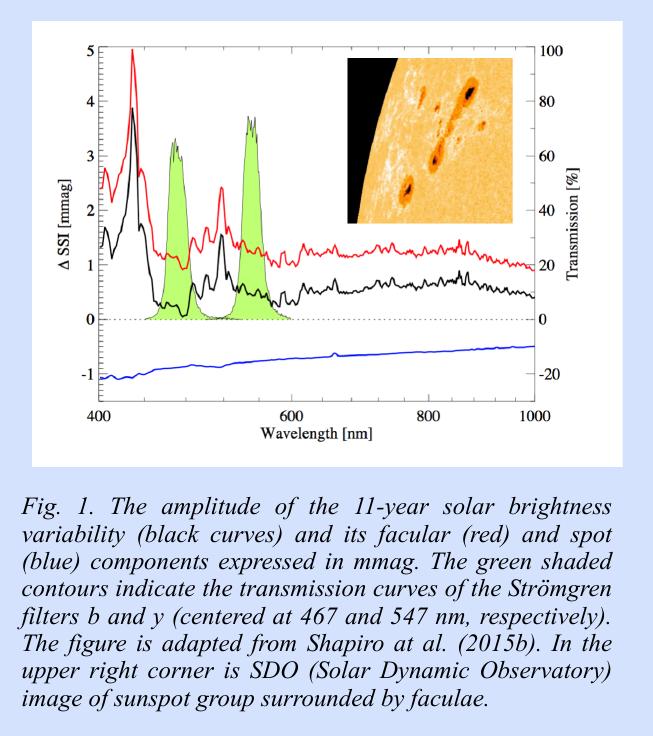
Traditionally, solar and stellar research are rather separate disciplines. One of the reasons is the completely different accessibility of their research objects: While numerous satellites orbiting Earth and space probes observe the Sun from close up and supply a wealth of different measurement data, information about other stars has to be excerpted from light that has traveled many trillion kilometers to reach Earth. In recent years, however, the situation has changed. One of the driving forces behind this development was the discovery of stellar brightness fluctuations following their activity cycles – and thus very akin to the Sun’s eleven-year cycle. These stellar variations have proven to be much stronger than those of the Sun. Possibly, this also holds true for variations on shorter time scales. Thanks to the CoRoT and Kepler space telescopes provided by the French and European space agencies, exact measurements from a large number of stars are now available with an unprecedented level of accuracy. The planned missions TESS and PLATO will further improve the data situation.